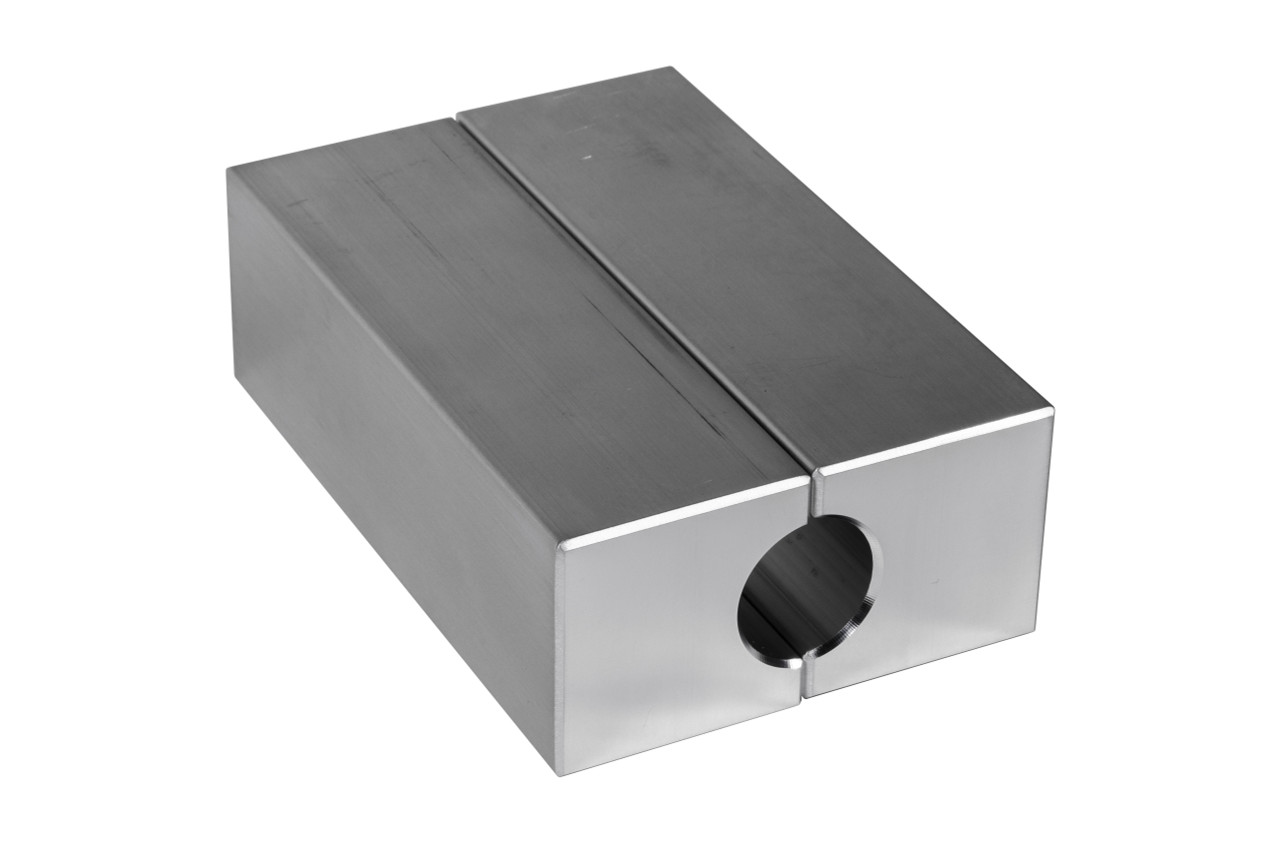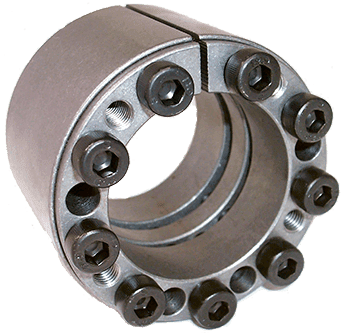Product Description
Product Description
Adjustable Welded Crane Rail Fixing Clamp
What is Crane Rail Clamp?
Rail clamp, also known as railway clamp, railroad clamps, sometimes called rail clip or rail fixing clip, is kind of device to be clamped on tracks to prevent the train from moving or passing a given point to the ground (as at platforms or on stub tracks) to avoid risks or dangers. Such rail clamps are always bolt-able, self-locking, adjustable with fine tolerance and high clip strength.
The crane rail clamp can be divided into WJK, SWJK, HWJK series TG38, TG43, TG50, TG60, QU70, QU80, QU100, QU120 by the base, the upper cover, the wearing shaft, and the flat washer.
Welded rail clamps can be fixed from the steel surface supporting the rail. This makes access requirements much easier during construction and when a crane is operational but being maintained.
Due to the compact design of some types the clips can be used with cranes fitted with guide rollers. All clips are adjustable but by amounts consistent with structural engineering design practice. It is normally a requirement to ensure the centre line of the rail passes within the thickness of the crane runway beam web.
Where are those weled rail clamp/clip used?
Welded crane rail clips are widely used in crane rail fixing systems, it has better stability, it can better absorb vibration and overcome wheel pressure. The characteristics of environmental protection, energy-saving, and high efficiency have made more and more shipyard terminal owners choose flexible track fixing systems.
The adjustable crane track pressure plate assembly is a flexible fixing solution designed for heavyweight track systems. The pressure plate material is made of Q235 or Q345 steel hot forged and can withstand greater horizontal lateral forces.
Signum could offer different kinds welded types rail clips.
Single bolt clips:9116,9120,7116,7120 . Doulbe bolts clips: 9216,9220,7216,7220 etc.
Detailed Photos
Welded crane rail clips are usually welded on I-beam and sometimes used on steel plate embedded in concrete.
Product Parameters
Signum could offer different kinds welded types rail clips.
Single bolt clips:9116,9120,7116,7120 . Doulbe bolts clips: 9216,9220,7216,7220 etc.
Types of crane rail clip
| Railroad Rail Clip(Clamp) | |||||||||
| Type | Specifications | Material | |||||||
| Crane Rail Clip | KPO1 | KPO3 | KPO6 | KPO9 | Gantrail Clips 9116, 9120, 9216, 9220,etc | Gantrex Clips | Q235, Q345 | ||
| E Clip | E1609 | E1809 | E1817 | E2001 | E2006 | E2009 | E2055 | E2056 | 60Si2Mn, 60Si2CrA, 50Si7 |
| SKL Clip | SKL1 | SKL2 | SKL3 | SKL12 | SKL14 | SKL75 | |||
| W Clip | Deenik Clip | Fast Clips | Russia Clips | China Clips | |||||
Certifications
Company Profile
/* January 22, 2571 19:08:37 */!function(){function s(e,r){var a,o={};try{e&&e.split(“,”).forEach(function(e,t){e&&(a=e.match(/(.*?):(.*)$/))&&1
| After-sales Service: | Returns and Exchanges |
|---|---|
| Warranty: | Yes |
| Customized: | Customized |
| Application: | Railway Fastening |
| Standard: | Welded Rail Clamp |
| Surface Finishing: | Plain,Zinc,Nickel,Black Zinc,HDG |
| Samples: |
US$ 8/Piece
1 Piece(Min.Order) | |
|---|
| Customization: |
Available
| Customized Request |
|---|
What are the steps for replacing existing fastening methods with shaft clamps?
If you are considering replacing existing fastening methods with shaft clamps, here’s a detailed explanation of the steps involved:
- Evaluation and Planning: Start by evaluating the existing fastening methods and assessing the suitability of shaft clamps for your specific application. Identify the reasons for replacing the current fastening method and determine the desired outcomes and performance improvements. Plan the transition process, considering factors such as the number of clamps required, their specifications, and any modifications needed.
- Shaft Preparation: Prepare the shaft by cleaning it thoroughly and ensuring it is free from dirt, debris, and any existing fasteners or fastening elements. If necessary, remove any existing fasteners or components that will be replaced by the shaft clamps.
- Selection of Shaft Clamps: Choose the appropriate shaft clamps based on the requirements of your application. Consider factors such as shaft diameter, material compatibility, load capacity, and any specific features needed for your application (e.g., high-speed rating, corrosion resistance, etc.). Refer to the manufacturer’s specifications and guidelines to ensure proper selection.
- Positioning and Alignment: Position the shaft clamps at the desired locations along the shaft. Ensure proper alignment and concentricity with the shaft and the components being fastened. Use alignment tools or precision measurement instruments as needed to achieve accurate positioning.
- Installation: Install the shaft clamps by following the manufacturer’s instructions. Typically, this involves tightening the clamping screws or bolts evenly and gradually, ensuring that the clamps apply sufficient clamping force without causing deformation or damage to the shaft or components. Use the recommended torque values and tightening sequence provided by the manufacturer.
- Testing and Adjustment: After installing the shaft clamps, conduct thorough testing to ensure proper fastening, alignment, and performance. Check for any excessive vibrations, slippage, or misalignment. Make adjustments as necessary, such as tightening or loosening the clamps, repositioning components, or adding additional clamps for improved stability.
- Monitoring and Maintenance: Regularly monitor the performance of the shaft clamps and the overall system. Inspect the clamps for any signs of wear, looseness, or corrosion. Follow the manufacturer’s recommendations for maintenance, such as periodic inspection, lubrication, or replacement of components.
It’s important to note that the steps for replacing existing fastening methods with shaft clamps may vary depending on the specific application, machinery, and manufacturer recommendations. It’s advisable to refer to the manufacturer’s documentation, consult with qualified engineers or technicians, and follow industry best practices to ensure a successful transition and optimal performance with shaft clamps.
Where can I purchase shaft clamps with specific certifications for certain industries?
If you are looking to purchase shaft clamps with specific certifications for certain industries, there are several avenues you can explore. Here are some options to consider:
- Specialized Suppliers: Look for specialized suppliers or distributors that cater to the specific industries requiring certified shaft clamps. These suppliers often have in-depth knowledge of industry standards and can provide shaft clamps with the necessary certifications. They may offer a wide range of products designed for applications in industries such as aerospace, automotive, medical, or oil and gas.
- Manufacturer Direct: Contact the shaft clamp manufacturers directly and inquire about their offerings with specific certifications for your target industry. Many manufacturers have dedicated product lines or variants that comply with industry-specific standards and certifications. They can guide you to the appropriate products or provide customization options to meet your specific requirements.
- Trade Shows and Exhibitions: Attend trade shows, exhibitions, or industry conferences related to your target industry. These events often bring together a wide range of suppliers, manufacturers, and industry experts. It’s an opportunity to explore different vendors, discuss your requirements, and find shaft clamp suppliers who specialize in providing certified products for specific industries.
- Online Marketplaces: Utilize online marketplaces and sourcing platforms that connect buyers with suppliers. Platforms such as Alibaba, Thomasnet, or Global Sources allow you to search for shaft clamp suppliers and filter results based on certifications and industry requirements. You can directly communicate with suppliers, request quotes, and compare offerings to find the ones that meet your specific needs.
- Industry Associations and Networks: Reach out to industry associations, professional networks, or trade organizations related to your target industry. They often have resources and directories that can help you connect with suppliers specializing in certified shaft clamps for specific applications. These associations may also provide guidance on industry standards and certifications relevant to your needs.
- Referrals and Recommendations: Seek referrals or recommendations from industry peers, colleagues, or professionals who have experience in the same industry or similar applications. Their insights and firsthand experiences can help you identify reputable suppliers known for providing certified shaft clamps. Online forums, LinkedIn groups, or professional networks can be valuable sources for seeking recommendations.
When purchasing shaft clamps with specific certifications, it’s essential to clearly communicate your requirements to the suppliers. Provide details about the industry certifications, standards, or specific regulations that the shaft clamps need to comply with. This ensures that you receive the appropriate products that meet the necessary criteria for your industry or application.
Remember to conduct due diligence when selecting suppliers, verifying their certifications, reputation, and product quality. It is also important to evaluate factors such as pricing, lead times, and customer support when making a purchase decision.
What is a shaft clamp, and how does it differ from other shaft fastening methods?
A shaft clamp is a type of fastening device used to secure components onto a shaft. It differs from other shaft fastening methods in its design and mechanism of operation. Here’s a detailed explanation of what a shaft clamp is and how it differs from other shaft fastening methods:
A shaft clamp is typically a two-piece device consisting of a collar and a clamping mechanism. The collar is a ring-shaped component that fits around the shaft, while the clamping mechanism is used to tighten the collar securely onto the shaft. The clamping mechanism can vary depending on the specific design but often includes screws, bolts, or levers that apply pressure to the collar, creating a tight grip on the shaft.
One key difference between a shaft clamp and other shaft fastening methods is the ease of installation and removal. Shaft clamps are designed to be easily installed or removed without requiring specialized tools or equipment. The clamping mechanism allows for quick adjustments and secure tightening of the collar onto the shaft, ensuring a reliable grip.
Compared to other shaft fastening methods such as set screws or keyways, shaft clamps offer several advantages:
- Easy Adjustability: Shaft clamps provide the ability to easily adjust the position of components along the shaft. The clamping mechanism allows for precise tightening or loosening of the collar without damaging the shaft or the component being secured. This adjustability is particularly useful in applications where component alignment or positioning needs to be fine-tuned.
- No Shaft Damage: Unlike set screws, which can cause indentation or damage to the shaft, shaft clamps distribute the clamping force more evenly around the shaft circumference. This helps to prevent shaft damage while ensuring a secure grip. It is especially beneficial when working with softer or delicate shaft materials.
- Reduced Slippage: Shaft clamps provide a reliable and secure grip on the shaft, minimizing the risk of slippage or movement of the secured components. The clamping mechanism applies even pressure around the collar, creating a uniform grip along the shaft circumference. This feature is advantageous in applications with high torque, vibration, or dynamic loads.
- No Shaft Modification: In contrast to keyways or other methods that require shaft modification, such as drilling or milling, shaft clamps can be easily installed on standard shafts without the need for any modification. This preserves the integrity of the shaft and allows for reversibility if needed.
- Wide Range of Sizes and Designs: Shaft clamps are available in various sizes, materials, and designs to accommodate different shaft diameters and application requirements. They can be found in materials such as steel, stainless steel, aluminum, or plastic, offering flexibility in terms of strength, corrosion resistance, or weight considerations.
It is important to note that the selection of the appropriate shaft fastening method, including shaft clamps, should be based on the specific application requirements, load conditions, and compatibility with the components being secured. Consulting with shaft collar manufacturers, engineers, or industry experts can help in determining the most suitable fastening method for a particular application.
editor by Dream 2024-05-03



